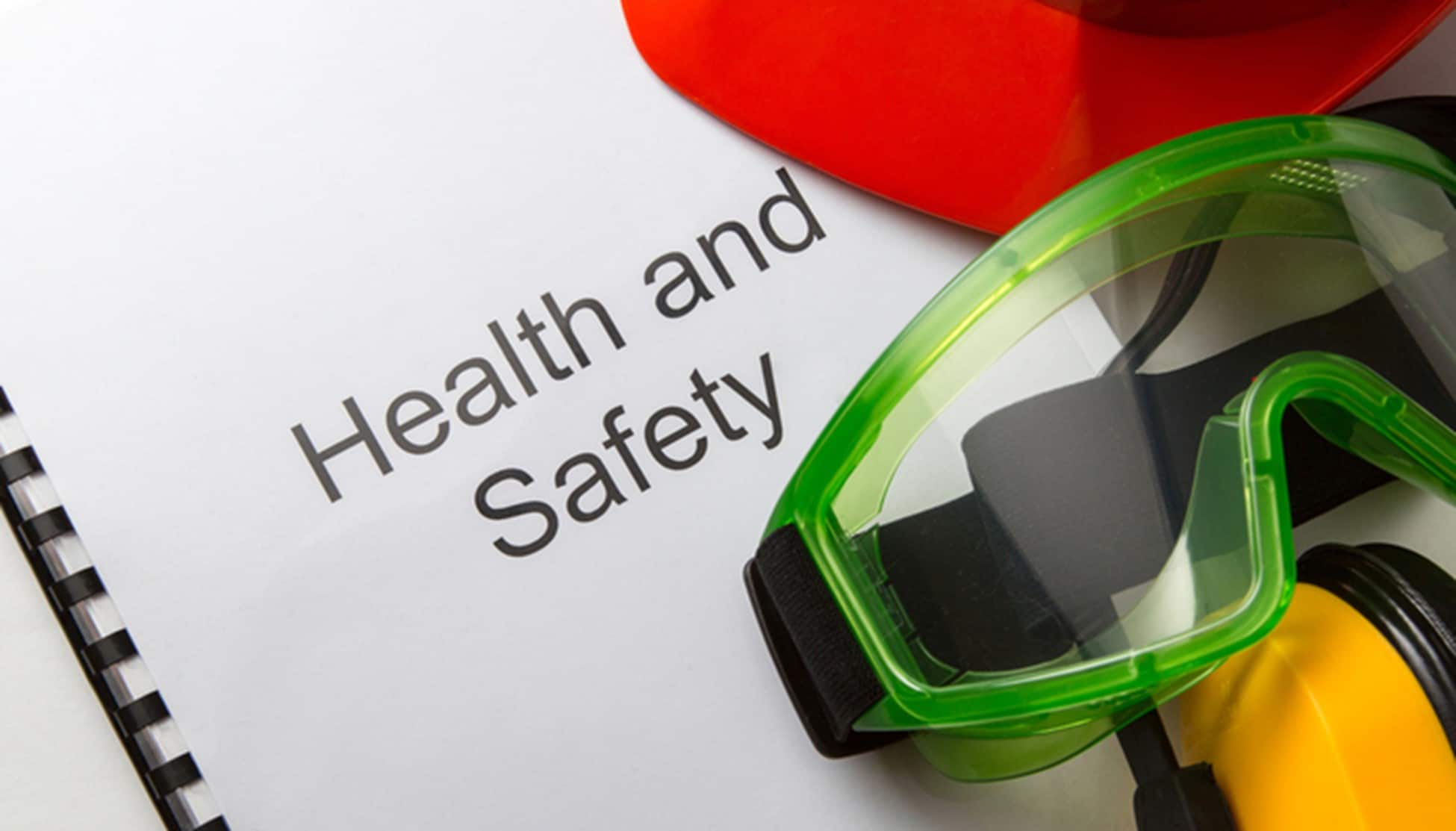
Occupational safety and health are of primary concern in risk management. Ensuring that your employees are protected from injury and illness benefits not only them but your company as well. An effective health and safety management plan leads to increased productivity, employee retention and morale, reduced financial losses, and a better reputation for your business.
Securing the well being of each employee in your organization is not an easy task. First, you need to be familiar with what kind of workplace hazards exist. Then, it is all about identifying them, assessing the risks, and mitigating them as much as possible.
Besides focusing on employee safety and achieving a safe work environment, it would help if you also devoted some time to improving employee relations. Better employee relations lead to a supportive, positive work environment that will motivate your employees to work even harder.
In this blog post, we will explore the steps to improving workplace safety and discuss how to foster an inspiring atmosphere that will increase your productivity and profits.
Safety and Health Plan
As mentioned above, the first step is identifying what workplace hazards your employees are facing. These can be safety, physical, chemical, biological, ergonomic, or psychosocial hazards. Each workplace will have a different set of hazards to deal with – it is rare for an organization to contain all of the listed hazard groups.
Once you’ve identified these risks, you should assess them thoroughly and develop a plan to reduce them and make sure they don’t occur again. Limit exposure to some of the risks, label unsafe environments, provide first-aid kits, and ensure that all equipment is adequately maintained and fully operational. If your employees work in an office, provide them with ergonomic chairs and desks and encourage them to take breaks from sitting.
Share your health and safety policy with all of your employees. Everyone in the organization must be on the same page when it comes to reducing workplace accidents and illnesses.
Health and Safety Training
To meet the standards of OSHA inspections, the employer must provide safety training in a language that all workers can understand. Illness and injury prevention first starts with educating your employees on avoiding hazardous situations and how to take care of themselves while performing their regular duties.
Furthermore, special emergency training is also necessary. Your company should regularly organize emergency fire drills and other simulations related to your region and work type. Do your workers know where all the fire exits are? How about the fire extinguishers? A good practice is to provide the instructions and safety guidelines in written format so that your employees can review them from time to time.
An essential factor is to encourage employees to stay at home if they’re feeling ill. This is especially true in the face of the COVID-19 health crisis. To prevent the spread of infections, your employees should have the right to sick leave; this will make everyone feel much safer on the job.
Open Communication
When it comes to improved safety and job satisfaction, open and honest communication between employees is crucial. Identify the most frequently asked questions by your employees when it comes to safety concerns. This is also a great way to increase employee engagement.
Create an environment that will make an employee feel driven to look for hazards, recognize them, and report them to mitigate the risks associated with them.
Employees have the right to work in an environment free of conflict, bullying, and harassment. Nurturing positive employee relations can be achieved through these techniques:
- Conflict management – Finding a constructive way to resolve issues between coworkers is vital for employee morale and satisfaction. It doesn’t matter whether the issue is between two coworkers or an employee and a manager or supervisor – there is no room for anger or charged feelings.
If a conflict arises, don’t be too quick to jump to conclusions. The last thing you want is for the wrong person to be reprimanded. Instead, gather all the facts, listen to what everyone has to say on the matter, and help them resolve their issues in a calm, respectful way.
- Team building – Have you ever thought about organizing a laser tag session for your team members? How about a casual BBQ get-together? Team building events and exercises are great for bringing your employees closer together. In relaxed, fun settings, they can get to know each other and connect, deepening their work relationships at the same time.
- Employee appreciation – If an employee did a good job, let them know. Appreciate what they’re doing for the business and ensure that all supervising staff knows how to say ‘good job’ or ‘thank you’ whenever an employee does something right. These are small things that may not seem so important, but even a little bit of a nod towards a job well done will make a worker feel valued. In turn, it will inspire your employees to work even harder in the future.
- Career development – Having career goals and ambitions is entirely natural. If you offer your employees a chance to grow in the company and advance their position, they will invest more in the job to get where they want to be. Career development improves employee morale and provides them with the necessary incentive to be the best they can be.
Employee Input
Successful businesses include the opinions of their employees in the process of evaluating departments and operations managers. Even though you can make decisions independently, seek out your employees’ input in matters that directly affect them. How do they feel about their work environment? Are their managers performing their own duties as they should?
Asking for your workers’ insights will make them feel like an asset to your company. They will help identify weaknesses in your departments and improve your business plan. In turn, their work performance will improve because they contributed to the development of the organization.
Also, getting a fresh perspective on a specific topic may help you solve an issue. If you’re experiencing business problems, don’t be too proud to turn to your employees for assistance. Their unique qualifications might lead to a solution that you overlooked before.
Positive Reinforcements
Threatening disciplinary measures to employees who don’t follow safety guidelines is a standard approach to structuring a safe workplace. However, suppose you go overboard and introduce measures that are too strict. In that case, it might lead to lower worker morale, distrust in the management, reduced productivity, poorer teamwork, and lower employee engagement.
A good balance would also be to implement positive reinforcements. Reward the employees who follow the safety guidelines to the letter and who pay attention to their surroundings to prevent safety risks. These rewards can be of any kind: a couple of hours off work per month, a small salary bonus, a coupon for a family dinner, or anything you feel that your employees will appreciate. Our opinion is they will appreciate it all.
Positive reinforcements improve worker participation. Reporting incidents will become more frequent, and your company will have an opportunity to learn from its mistakes and take a proactive approach to risk mitigation.
You’re All in This Together
The main takeaway from this post would be that both the employer and the employees need to work together to improve workplace safety. As a business owner, you cannot be expected to uncover every little risk without the on-site workers’ help. At the same time, your workers need your guidance and policies to protect them from a workplace injury or illness.
There are several steps you can take to improve employee safety and relations. You will need a sound health and safety program that all your employees are briefed on. Organize regular occupational health and safety training courses to keep everyone up to date on the latest guidelines. Encourage a bright, lively atmosphere that will improve your employee morale and job and safety performance. Seek out employee input and make sure to resort to positive reinforcements for those who help improve your business.
Remember that you’re all in this together. It starts with providing training for management and employees, which empowers them to promote workplace safety and a safety culture. Your company won’t be able to grow, earn more profit, and keep the workplace safe without the diligent work of your employees. Value them, inspire them, and they will want your business to succeed just as much as you do.
If you have any questions about health and safety in the workplace, don’t hesitate to reach out. SAFE provides education, training, and health and safety compliance that will protect your employees and your finances at the same time. If you’re unsure about how to create a safety plan for your business, please contact us at larry@safety4employers.com or place a call at 775-843-8318.
We’re looking forward to working together on making your company a great place to work for your employees!








